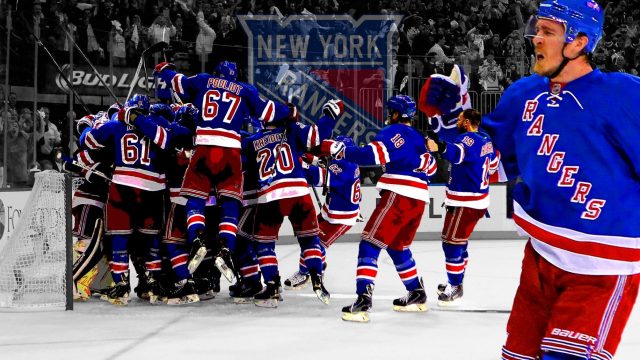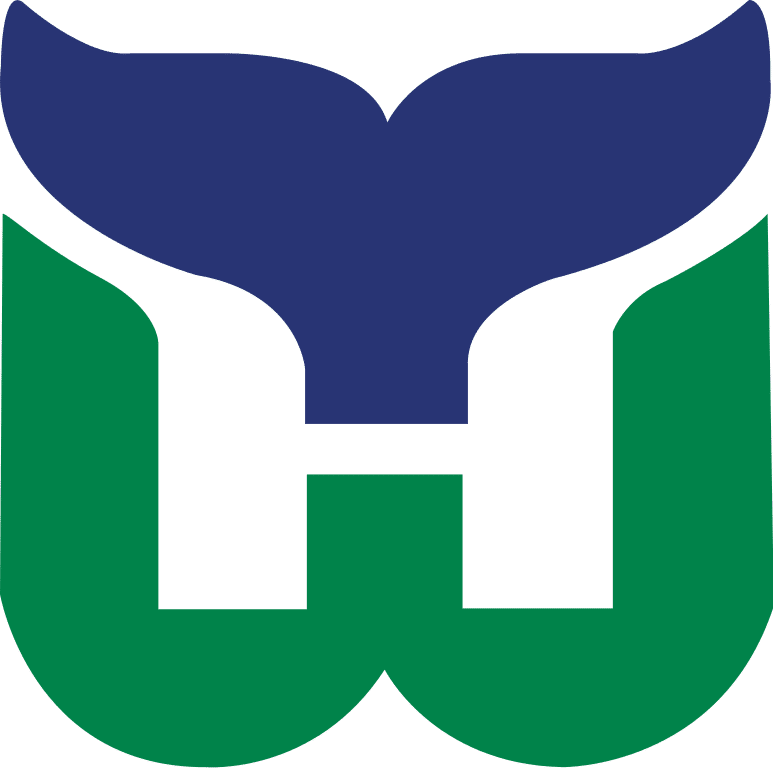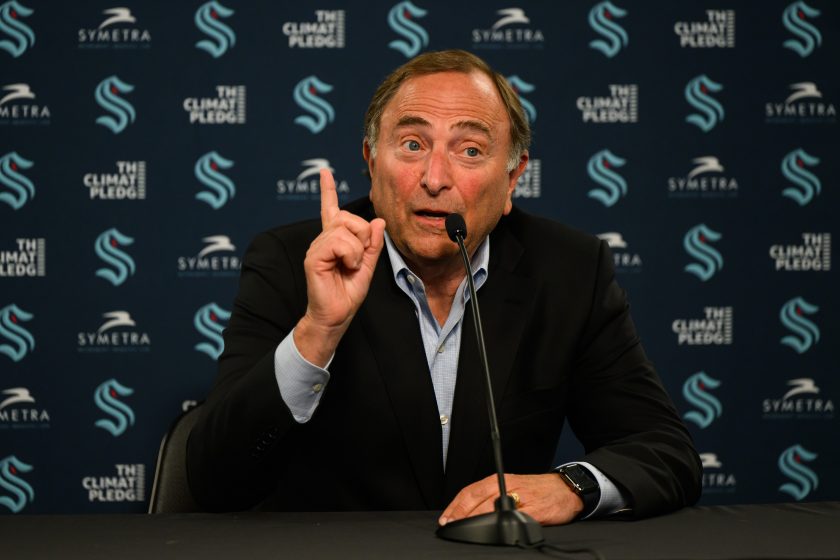New York Rangers shakeup: All good things must come to an end

Everything in life, including great things pertaining to the New York Rangers hockey club, must, eventually, come to a bittersweet end.
The New York Rangers experienced a drastic roster overhaul, making trades over the past week in the days, hours and even seconds leading up to the trade deadline.
The team parted ways with their captain, highest-paid skater, leading goal-scorer, as well as a former first-round pick and defenseman who played on the top line at points this season.
The significant transactions lead to a punting of this season. Despite being in the playoff picture for the better part of the season, injuries and the dog days of the 82-game marathon revealed deficiencies that could not be plugged by buying at the deadline, nor ignored any longer.
This mass sell-off also marks the end of an era, an era among the finest in the history of the original six franchise.
From 2005-06 through the end of last season, the Rangers made the playoffs 11 of 12 years including a finals appearance, 11 playoff series wins and a presidents trophy.
Jeff Gorton said, in his press conference following the trades, that the fans and organization share that ultimate goal of winning a Stanley Cup and the Rangers have to hope these moves position them for that ultimate goal more effectively than plugging the holes of the current roster. There is precedent for the value of this strategy, more on that later.
As much as Rangerstown has felt a connection to the recently departed, especially Mac, the era defined by Tom Renney, John Tortorella, Alain Vigneault, Marian Gaborik, Rick Nash and, above all, Henrik Lundqvist was dwindling down, regardless of whether the front office acknowledged it or not.
[sc name=”Rangers Center” ]Even in full health, the 2017-18 team was unlikely to compete for a cut. Though there is an alternate universe where Kreider, Shattenkirk and Buchnevich stay in the lineup and the Rangers take another stab as buyers at the deadline to make another run, that is simply not how it shook out.
Nonetheless, this is a new territory for Rangers fans and players alike, who have grown accustomed to year-after-year success, measuring a successful season in how many playoff series the team wins. This is especially true for Henrik Lundqvist “who has never in his 17-year professional career, including four seasons in Sweden, played a game in which his team had been eliminated from playoff contention,” a staggering statistic pointed out by Larry Brooks of The New York Post.
Just how good this team was is made evident when examining the organization’s history.
The Rangers made the playoffs 15 of their first 16 years in the league, albeit that was a pool of 10 to seven teams depending on the season, with six making the postseason. However, that stretch also yielded three of the four Stanley Cups in franchise history in 1927-28, 1932-33 and 1939-40.
The Rangers would be basement dwellers during the original six era, but saw the next sustained stretch of success during the expansion era. In similar fashion to this most recent run, there were sustained playoff runs and even a finals appearance but never a Stanley Cup despite nine straight years in the postseason. The stretch is most notably evidenced and remembered with a generation of retired numbers in Ed Giacomin, Harry Howell, Rod Gilbert, Jean Ratelle and the recently announced Vic Hadfield to complete the G-A-G, or goal a game line.
After a couple years absence, and a reset similar to what just took place, the Rangers would make the dance 18 of the next 20 years. Toward the end of that run, in an optimistic harbinger of what is to come, the Rangers put together a roster that included Mike Richter, Brian Leetch, Adam Graves and Mark Messier. That team would achieve what their predecessors could not and break a 54-year drought to win the franchises’ most recent championship.
If you are going to rebuild, no half measures should be taken and the Rangers went full steam ahead with that decision. With the exception of Miller, they only traded players whose best hockey is behind them. They got a strong return, though tough to evaluate with the requisite scouting and drafting still to come.
With that large unknown withstanding, it is clear the team set the stage for a potential quick turnaround, with the possibility of returning to competitive hockey in 2020.

Like the Rangers of the expansion era, this team was successful for an impressive length of time but fell short of the ultimate prize to cement the team in history. However, the subsequent generation of Blueshirts, built through a reset, trading of older veterans and drafting of talent, was able to make good on winning a cup.
The rosiest projections cannot avoid the elephant in the room. The most important player over the last decade and most important position in the sport features a lot of question marks. Henrik Lundqvist is creeping towards 40. He is still a starting-quality netminder and capable of playing at a high-level in streaks. However, finding a new goalie can prove difficult and hold a team back regardless of roster construction, ask the Dallas Stars, St. Louis Blues or Philadelphia Flyers.
Anyone giving you a definitive evaluation of the Rangers dealmaking is being disingenuous, the outcome of these deals remains to be seen, relying on whether Rangers can turn their eight picks in the first three rounds into Brian Leetch and Mike Richter rather than Hugh Jessiman and Bobby Sanguinetti. The same goes for the development of the young assets with names they acquired.
The future is not fully dependent on assets acquired in the past week, though it is admittedly highly leveraged. Whoever is drafted or brought up joins a solid foundation featuring: Mika Zibanejad, Chris Kreider, Jimmy Vesey, Kevin Hayes, Jesper Fast and Brady Skjei. There will also be some veteran presence in the locker room with Kevin Shattenkirk, Marc Staal and potentially Mats Zuccarello. Additionally, the team started hoarding young talent last June with Lias Andersson and Filip Chytil, both of whom will likely see some run as this season winds down.
Whether or not these moves were successful will be determined the same as it was with previous teams, by scoreboards and banners. For now, however, with the rest of this season oddly meaningless, it is important to look back at what is likely one of the four best Rangers teams in franchise history. The team rarely played meaningless hockey, like it will the next couple months, and when it did it was often due to having clinched a spot in the postseason.
All good things must come to an end, but for Rangers fans of a certain age, this was their first great Rangers team and it is sad to see the end of an era. One can only hope that it is the springboard to another great run, hopefully, a run that yields the coveted trophy that eluded this great team.
[sc name=”Rangers Link Next” link=”https://elitesportsny.com/2018/02/28/new-york-rangers-ranking-the-greatest-ryan-mcdonagh-moments/” text=”Ranking Ryan McDonagh’s Greatest New York Rangers Moments” ]Writer, Reporter. Telling stories that go untold. About triumph, tragedy and those who are truly bold, but mostly sports and hip-hop. RT≠Endorsement Views=Mine






